Welcome to Zsm Audiovisual Equipment(guangzhou)co.,ltd.
news
-
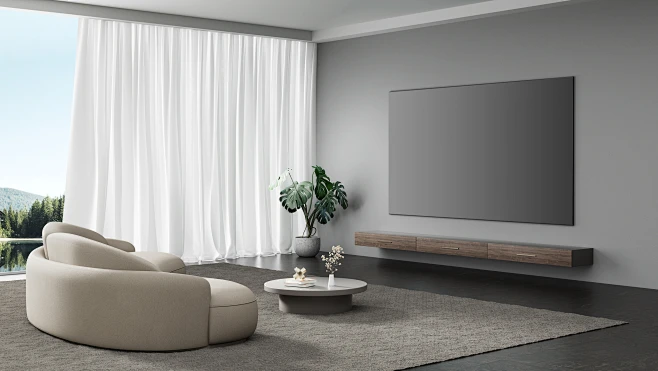
How to choose a projection screen? One formula + a simple test to help you find the best size
1. Stop Buying Blind! The “Golden Rule” of Projection Screen Size Lies in Viewing Distance Choosing the sofa position first before picking a screen? It’s a mistake 90% of households worldwide make! The 2025 Global Projection Screen Market Report shows that global demand for home projection screens has reached 31.2 million units, yet over 60% of users compromise their viewing experience due to wrong size choices. Decades ago, two renowned international audio-visual institutions, THX and ISF, revealed the core principle: the right screen size is determined by viewing distance . 2. Understand the Professional Formula in 3 Minutes The relationship between viewing angle and distance can be calculated by the formula: A=1/2tgα/2 (A = ratio of viewing distance...Learn more -
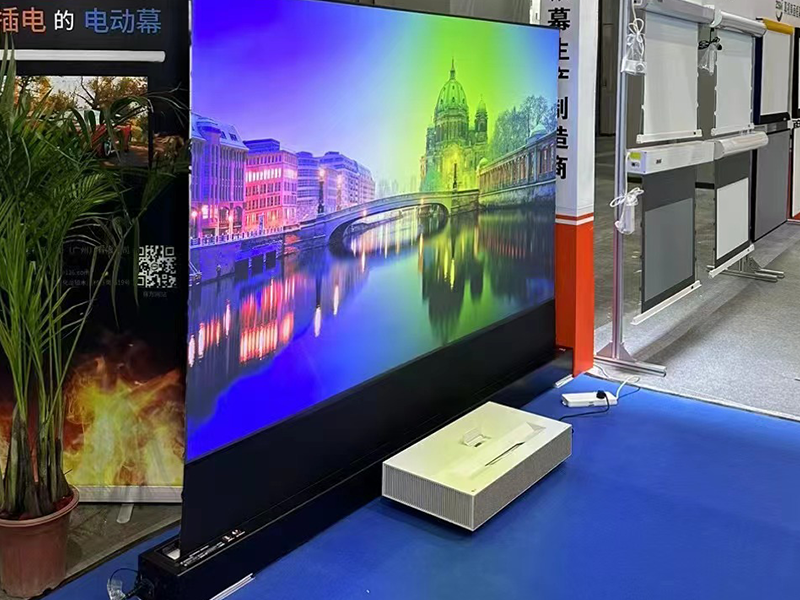
2025 Home Theater Projector Screen Tips: Avoid Pitfalls, Make Movie Nights Awesome
1. First Question: Do You Really Need a Projector Screen? Many people wonder if a white wall works as a screen. The answer is: Yes, but the effect is far worse! You must get a screen in these three cases: Substandard walls: With sockets, paintings, or non-white wallpaper Pursuing cinema-level effects: Walls can’t solve grayish images or low contrast Special needs: Outdoor camping, renting a house (no drilling allowed) 2. Core Categories: Understand Screens in 3 Minutes 1. By Installation Type (Fit Different Home Scenes) TypeFeaturesSuitable ScenariosManual PullHand-operated, portableRenting, temporary useElectricRemote-controlled, hiddenLiving room, furnished homeFloor-standingNo drilling, movableBedroom, outdoor campingFixed FrameMirror-flat, best i...Learn more -

Why White Matte Screens Remain a Timeless Smart Choice
you’ve finally bought that coveted HD projector, dreaming of creating a private home theater. But when you project onto a plain white wall, the colors look washed out, details are blurry, and the image is almost invisible during the day… What’s the issue? The problem might not be your projector, but the lack of a professional projection screen! Among various screen materials, the White Matte Screen continues to win global favor for its all-around, balanced performance. Today, let’s dive deep into this “all-rounder” from the perspective of its physical properties. 1. Core Advantages of White Matte Screens: Balance is King The White Matte screen is often called the “Swiss Army Knife” of projection screens, renowned for its versatility and...Learn more -

Is a Projection Screen Just a “Decoration”?
You’re watching a cartoon with your kid in the living room on a weekend, and sunlight filters through the curtains—suddenly the image on the white wall turns gray, and the character’s hair becomes blurry. Or in a meeting room, colleagues sitting on the side keep complaining that the chart colors are distorted. Have you ever experienced such awkward moments? Data in 2025 shows that China’s annual output of projection screens has reached 11.143 million pieces, and more people are realizing: A good projector needs a good screen as a “partner”—screens are by no means dispensable accessories. 1. Can White Walls Really Replace Screens? Many people think, “Projecting onto a white wall is fine; screens are a waste of money.” But practical ...Learn more -

📊 Why It Matters: The Booming Screen Market
Global projection screen market hit $1.63759 billion in 2024, with a 10.26% CAGR expected through 2034 . But 67% of buyers still struggle choosing between white and gray screens . Let’s break this down. 🎯 Core Differences (2025 Updated Data) FeatureWhite Screens (e.g., Fiberglass)Gray Screens (e.g., Fiberglass)Gain Value1.2 (brighter center)0.9 (softer light)Viewing Angle>160°>160°Ambient Light ResistanceLow (needs dark rooms)High (cuts glare 40%+)Color AccuracyD65 (6500K) via calibrationD65 (6500K) via calibrationBest ForDedicated home theatersLiving rooms/open spaces 🏠 Real-Life Scenarios Living Room Cinema: Mr. Li’s bright living room had washed-out whites with a white screen. Switching to a gray fiberglass screen eliminated wa...Learn more -
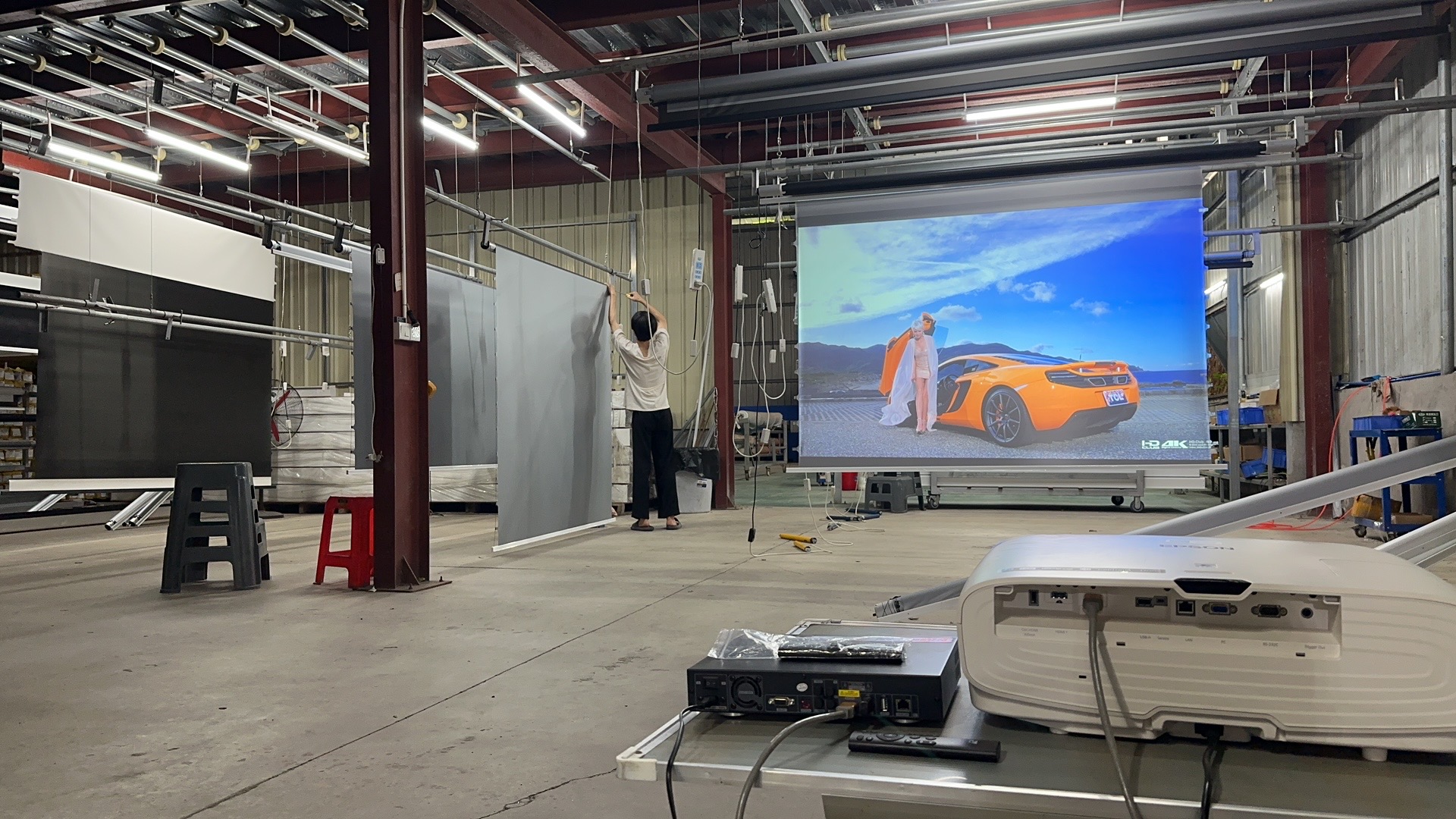
How to Choose the Right Projection Screen Size?
Imagine settling into your sofa for a movie night, only to squint at a tiny screen or crane your neck to see the top of the image. With home projectors growing in popularity, selecting the perfect screen size has become make-or-break for your viewing experience. The key lies in balancing three factors: screen aspect ratio, viewing distance, and your room’s dimensions. Let’s break this down with real-world tips and updated data. 1. Aspect Ratio: 16:9 vs. 2.39:1 The first decision is aspect ratio, which affects both image size and eye comfort. Aspect RatioBest ForKey AdvantagePotential Drawback16:9Sports, TV shows, gamingFits most modern contentTaller image may cause eye strain up close2.39:1 (Cinema Scope)Blockbuster moviesWider, immersive experi...Learn more -
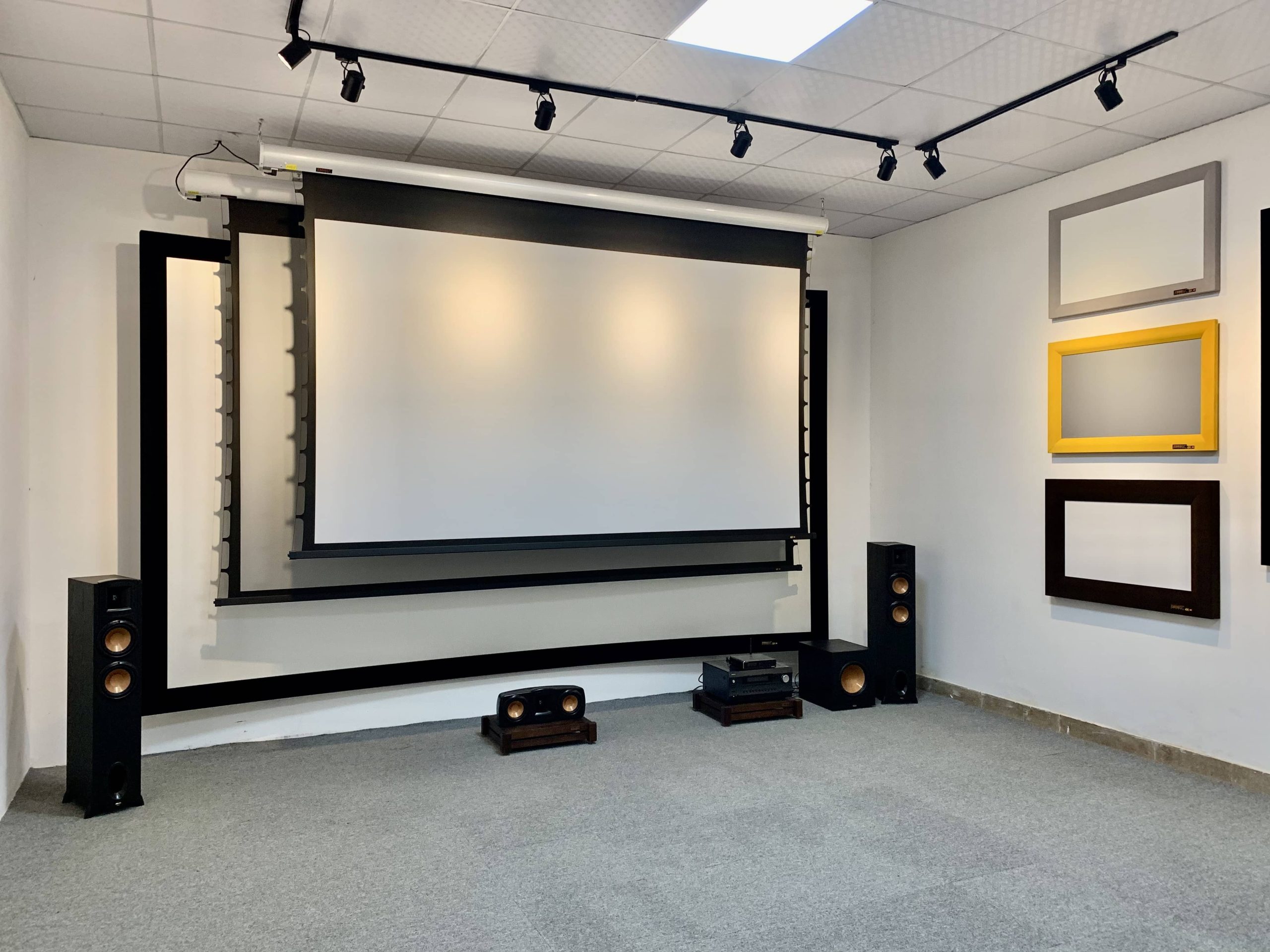
2025 Projection Screen Cleaning: Home to Commercial Quality Guide
Unlike LCD TVs, projectors can cast images on screens, white walls, desktops, and even special surfaces like water curtains or rockeries. However, only with a clean screen can you enjoy 4K-level delicate picture quality. Whether it’s juice stains from kids in home theaters or coffee spills in meeting rooms, screen dirt can easily ruin viewing and working experiences. As a professional team specializing in custom projection screens, we’ve compiled this practical cleaning guide based on the latest 2025 screen material characteristics, plus Q&A to help you maintain your screen easily. 1. Scene-Specific Stain Removal: Target the Right Solution Stain types vary greatly across scenarios, and blind cleaning will only make things worse. Here are solutions for th...Learn more -

ZSM Custom Projection Screens: Your Complete Guide to Unlocking the Ultimate Home
Have you ever dreamed of bringing the magic of the big screen into your own home? In the age of streaming content explosion, building a dedicated home theater is no longer a distant fantasy. However, creating a stunning audiovisual space is far more than just assembling a collection of gear. It’s an art form that blends space, technology, and aesthetics. As custom projection screen specialists, ZSM is here to guide you through the key considerations for avoiding common pitfalls and building a system that delivers truly exceptional value. First Consideration: Where Will Your “Cinema” Live? The very first step in your home theater journey is always to define its “home.” This is a critical decision, as it directly influences every equipment ch...Learn more -
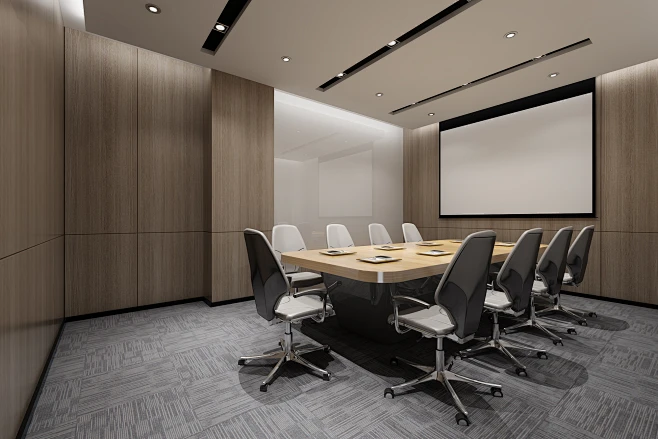
Don’t Let Your Projector Perform Solo! Your Home Theater Deserves This ‘Magic Canvas’
You’ve invested in a top-tier projector, dreaming of epic movie nights. But when you project onto that white wall, colors look washed out, details are blurry – like watching through a foggy window. Don’t blame the projector! The truth is, you’re missing the secret ingredient: a proper screen. It’s the difference between painting on printer paper versus artist’s canvas. Why Your Screen is the Unsung Hero Think of your projector as the paintbrush and the screen as the canvas. Your wall is like a sponge – it absorbs light and color. A proper screen is engineered to control light reflection with precision. Fun fact: The same projector can look 40% better on the right screen! It’s like using the same ingredients in a regular pan versus...Learn more -
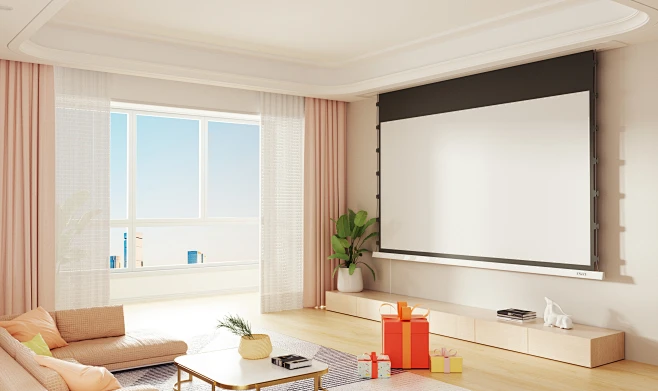
A Treasure Choice to Unlock Unlimited Possibilities of Home Theaters
In the fast – paced modern life, home has become a warm haven where we relax and enjoy entertainment. As a key element to enhance home happiness, home theaters are gaining increasing popularity among people. Among them, electric projection screens are shining brightly in the field of home theaters with their unique charm. Now, let’s delve into the appealing advantages of electric projection screens. Dreamy Light – Transmitting Property for a Fantastic Visual Feast One of the significant advantages of electric projection screens is their excellent light – transmitting property. Compared with traditional projection screens, they are like a magical magician. They can keep the images bright and clear while ensuring high color saturation. Through them...Learn more

